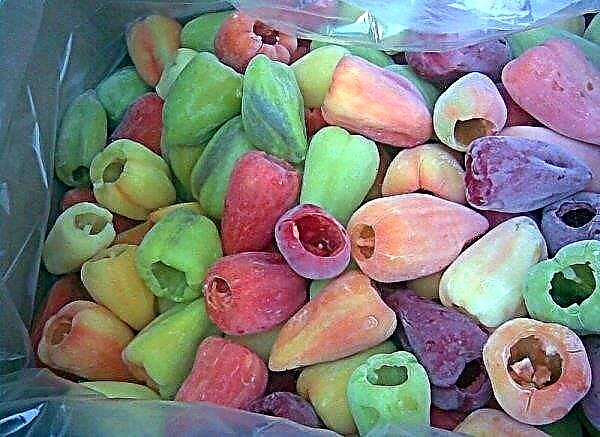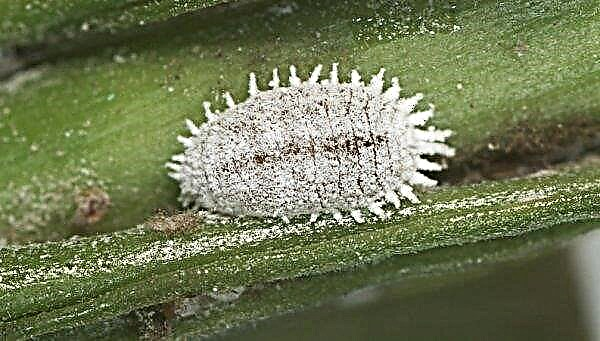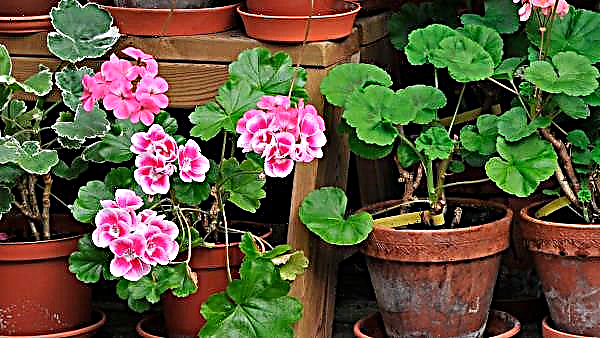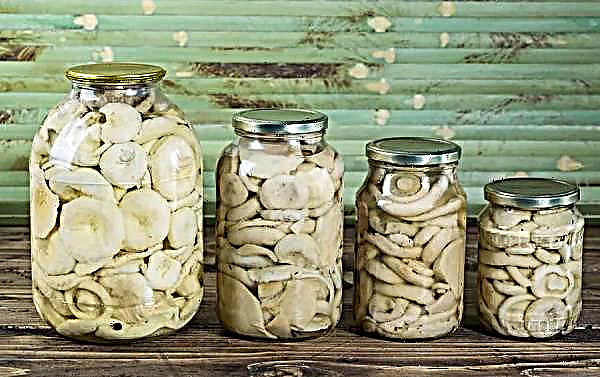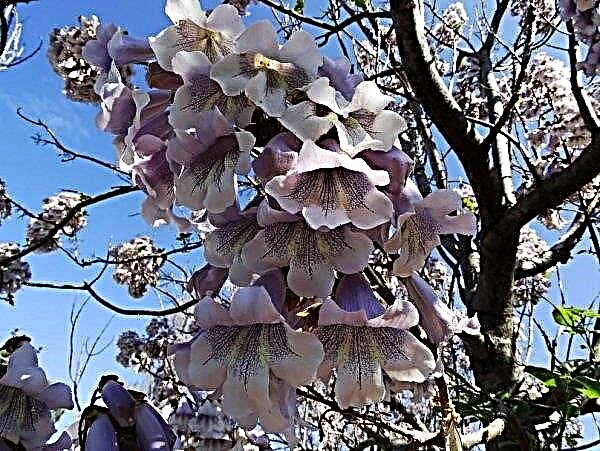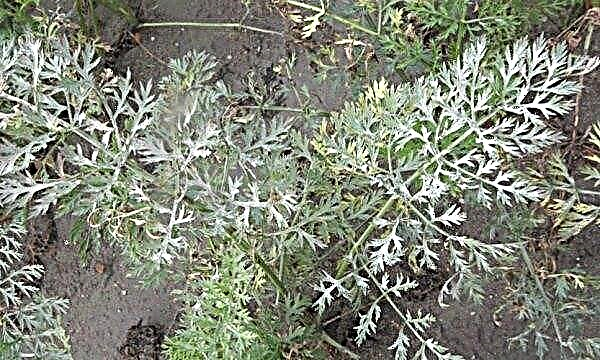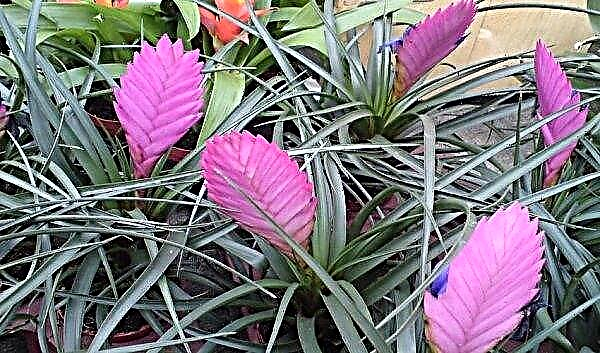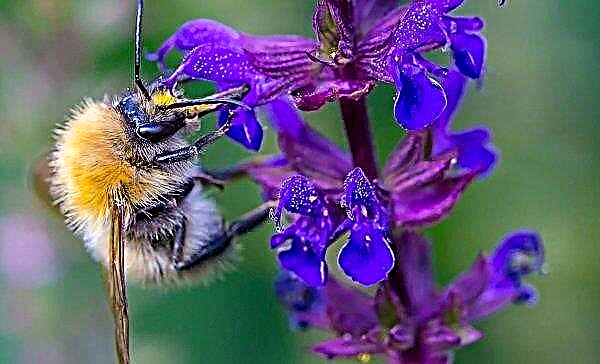Ficuses confidently occupy a leading position among indoor plants that do not require complicated care and at the same time are able to decorate a room with their leaves of saturated green color. However, it so happens that yesterday the bright and juicy foliage today turned yellow and crumbles from a light touch. What is the reason for this phenomenon and whether it can be avoided - you will find out by reading our article.
In which cases you should not be afraid
First of all, it should be noted that the yellowing and wilting of leaves does not always signal problems in the care of ficus. As a rule, the leaves of ficus live 2-3 years - at the end of their life cycle, they change their color and eventually die off. But this process always takes some time, and only 1-2 lower sheets are updated at a time.
The main causes of yellowing leaves
If you began to notice that every day more and more sluggish and yellowing leaves appear on your favorite ficus - the reason for this condition lies most likely in improper care or plant disease. Further in the article we will tell in more detail what exactly leaves of these plants can wither and turn yellow.
Incorrect transplant
Transplanting into a new pot with new soil is stress for every houseplant, and ficus is no exception. However, in any case, he cannot do without a transplant for the normal development of the plant, so carefully choose a soil mixture for ficus - high-quality soil will help him survive the period of acclimatization.
Cold
By their nature, ficuses are thermophilic plants. To provide them with comfortable conditions for growth and further development, find a bright place in the room without drafts. But direct sunlight should also be avoided - they can cause burns on the leaves. Even in the winter months, it is important to maintain the room temperature not lower than +18 ° С. However, in the pursuit of heat, do not put the pot near heating appliances - sudden changes in temperature and excessive dryness of the air can destroy the ficus much faster than cold air.
Nutrient deficiency
The constant development of the root system of any plant in a closed pot over time leads to soil depletion and weakening of the flower due to a lack of nutrients. If you noticed a deterioration in the appearance of ficus, then do not hesitate in applying fertilizers. The main thing to remember is not to combine plant nutrition with their transplantation to a new place.
Important! To determine if the ficus needs watering, pierce the soil with a wooden stick. If it is dry to a depth of 2 fingers, then water will not hinder the flower.
Wrong watering mode
Irrigation is the most popular cause of sudden yellowing of leaves. Experienced gardeners recommend watering the flowers only after the soil has completely dried. Only once you fill the flower, you can provoke the process of decay of its root system.
Pests and diseases
If you are sure that in the room where the ficus lives, the optimum ratio of temperature and humidity is observed, and its watering and fertilizing with fertilizers are regular and scheduled by the hour, then most likely the plant suffers from insects. Carefully inspect the ground near the rhizome and each leaf that can serve as a treat for pests. Sometimes the yellow color of the foliage may indicate that the flower is affected by the fungus. Treatment with special fungicides for indoor plants will help to improve his health.
Important! Having found traces of insects or fungal lesions, it is important to immediately isolate the diseased ficus from neighboring plants and begin to process it with the necessary preparations. Otherwise, other flowerpots can easily become infected.
What to do and how to save ficus
Careful care of the ficus and its regular inspection will help determine the reason why its leaves turn yellow and fall. Observe the flower, remember the last time you watered and fertilized it, as mentioned above, the deterioration of its appearance may be due to a lack of trace elements in the substrate. If there was an overflow earlier, then, most likely, your flower needs a transplant in a new soil and in a new container. Only before moving, be sure to remove the rotten roots, which can negate all efforts aimed at saving the houseplant.
How to prevent yellowing of leaves
Remember the dangers of excessive watering: excess moisture in the soil can cause fungus. So that the leaves do not lose their saturated green color - protect them from direct sunlight and a draft, which even in summer can damage a plant that is sensitive to heat and temperature extremes.
Did you know? In India, bridges through ravines and shallow rivers are grown from the roots of a certain type of ficus. Roots are attached to bamboo sticks, which gradually grow to the opposite bank. Such "living" bridges are very strong and durable. The oldest bridge, according to scientists, is about 500 years old.
Useful tips for growing ficus
For true lovers of these tropical plants, we have prepared 5 useful tips that will help to properly grow this wonderful indoor flower:
- Do not rush to often move the plant to a new place of residence. Changing environmental conditions is a huge stress for the ficus, so it is important to find the perfect place in the room, where you can determine the flower pot for permanent residence. The same advice applies to transplanting: experienced gardeners recommend changing the soil and pot once every 2-3 years, not more often.
- When watering a flower, use standing water at room temperature. To avoid overfilling and rotting of the roots - be sure to drain the accumulated water after irrigation in the pan.
- Spray the leaves with a little warm water. After this procedure, streaks may form on the leaves - it is easy to get rid of them if you wipe them with a dry and clean rag.
- Fertilizing should be carried out in spring and summer. Frequency - every 2 weeks. In winter, as a rule, ficuses do not need additional fertilizing with fertilizers. The exception is those plants that receive the same living conditions as in the summer, for example, additional lighting with sodium lamps, a constant air temperature of at least 25 ° C, and maintaining high humidity in the room.
- Watering immediately after a flower transplant can provoke even more stress. It is advisable to wait a few days before the first watering in a new place.
 So, now you know what exactly can provoke the appearance of yellow spots on the leaves of ficus, and how to deal with it. Most often, there are reasons associated precisely with improper care of this ornamental plant.
So, now you know what exactly can provoke the appearance of yellow spots on the leaves of ficus, and how to deal with it. Most often, there are reasons associated precisely with improper care of this ornamental plant.


